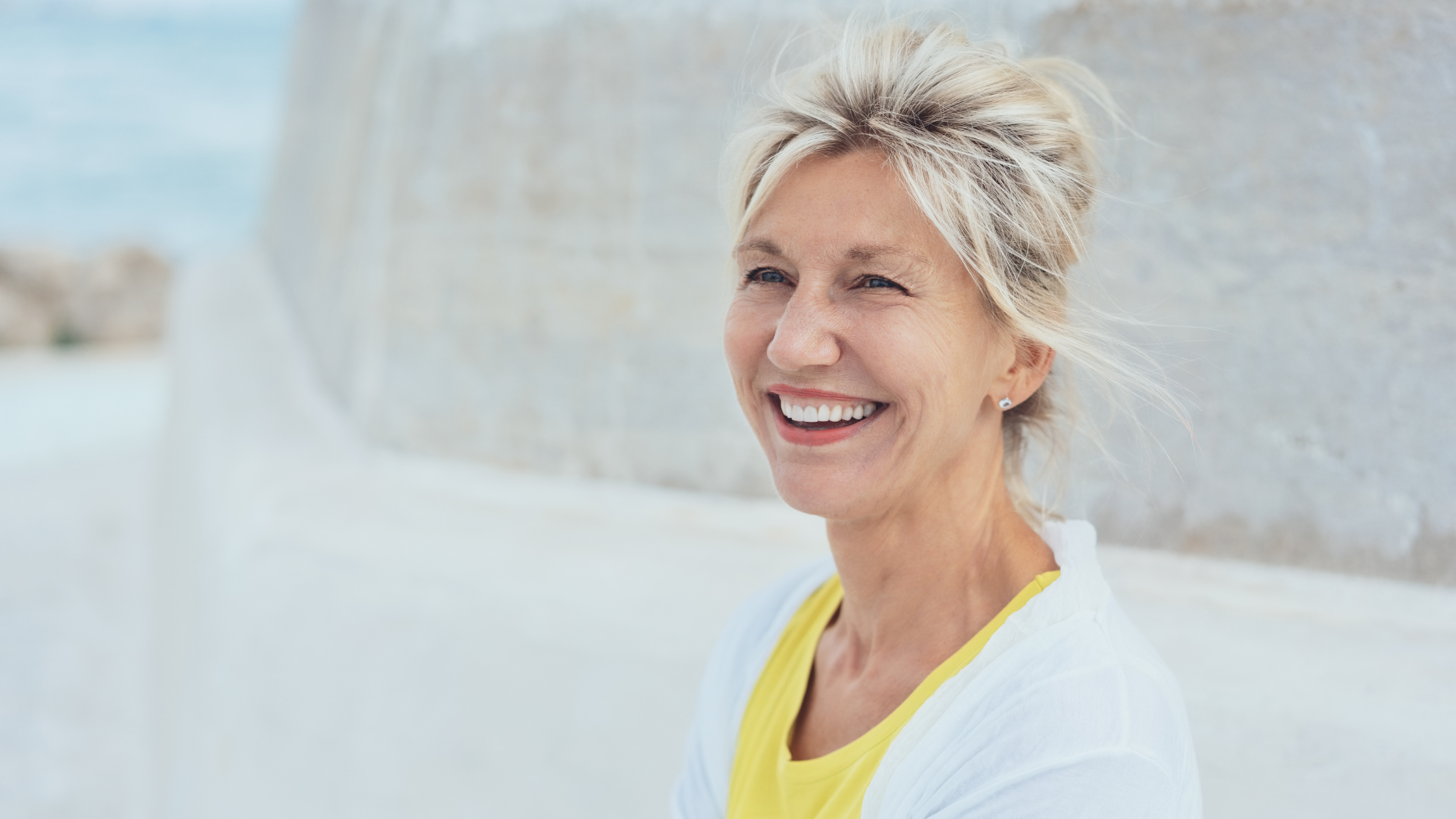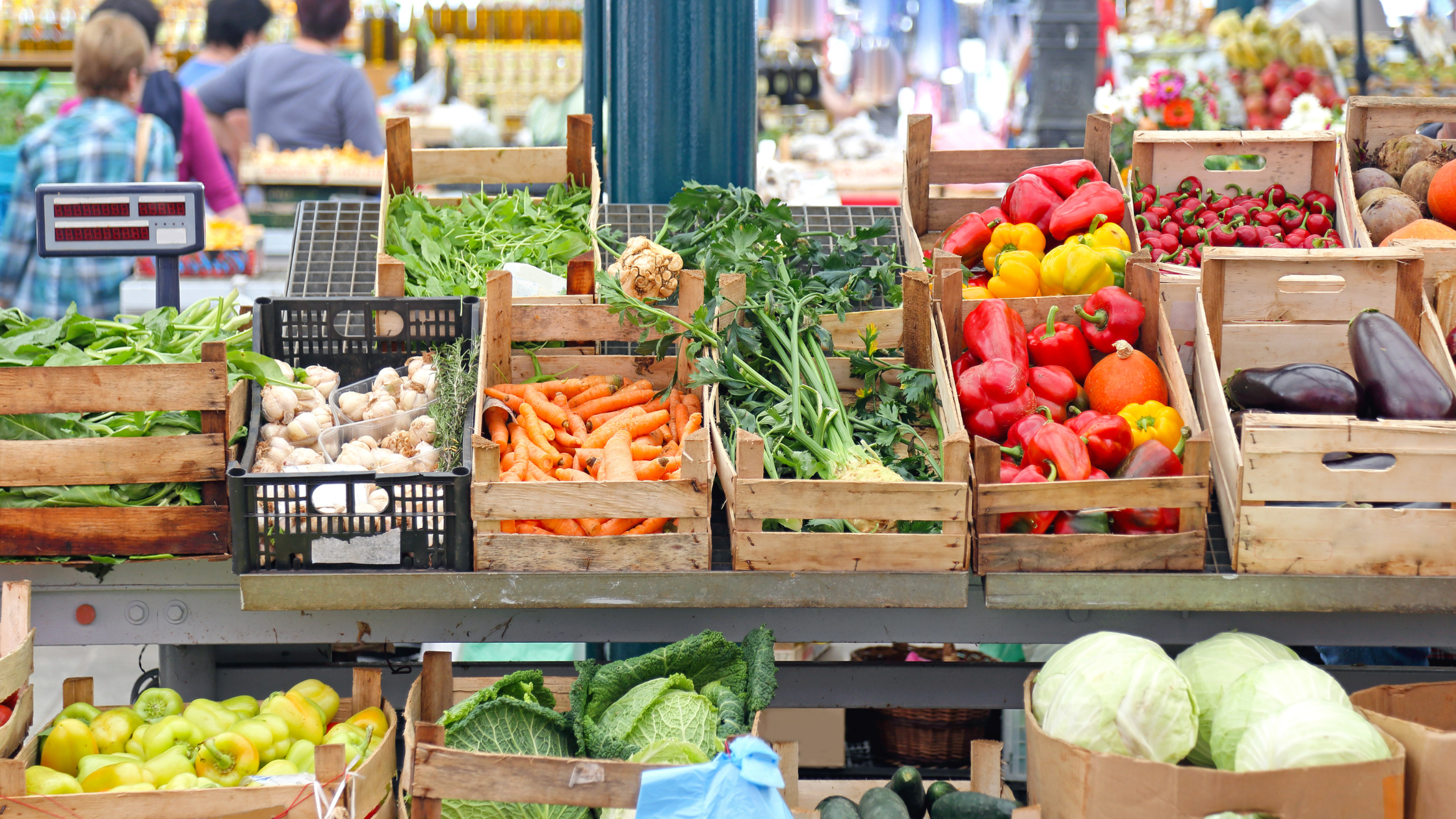
Crossing the menopause milestone can be extremely challenging for most women, given the falling hormone levels, and symptoms that can be experienced during this transition time. Often the focus is on getting through “the changes”, and conversations around bone density happen later, or not at all until many years later and a bone scan shows osteoporosis.
Whether or not you will develop osteopenia (mild bone loss) or osteoporosis (increasing your risk of fracture), is very individual and not guaranteed. Women are often told that their bone density is all about calcium and falling estrogen levels. The reality is that the root cause of weakened bones is much more complex than the duo of needing to take more calcium and the onset of perimenopause. To understand the root cause better, let’s dive into the functional medicine understanding of Osteoporosis.
What is Osteoporosis?
Osteoporosis is a condition where your bones have lost enough density to put you at a higher risk for having a fracture. Ultimately, fracture is the biggest concern and the end game is to prevent you from breaking any bones if you were to fall. Osteoporosis affects millions worldwide and is often referred to as a “silent disease” because it progresses without symptoms until a fracture occurs. Prevention and early detection are critical to keep your bones strong as you age.
Most people have the impression that bones are static, or fixed and never-changing. This is the opposite of the truth.
The fact is that bones are a metabolic organ that are always breaking down, which are known as the osteoclasts. And, they are also building up, which are known as your osteoblasts. The balance between the activity of your osteoblasts and your osteoclasts are what determine whether or not your bone builds or breaks down. Our goal is to increase the blast activity and decrease the osteoclast activity to help your bones build. This is how we improve bone density using functional medicine. We lean into the dynamic nature of bone metabolism by improving this dynamic balance.
So, if you’ve been diagnosed with a loss of bone density, there is so much more you can do than just take calcium!
Root Causes of Osteoporosis from a Functional Medicine Perspective
There are many potential reasons why osteoporosis occurs. Your bones are a dynamic, active, metabolic organ, and uncovering your root causes is critical to creating a plan that will support bone growth.
Here are some of the most prevalent underlying issues that affect bone density:
Underlying Inflammatory Health Conditions: Autoimmune conditions, such as Rheumatoid and Psoriatic Arthritis, Multiple Sclerosis and Celiac Disease increase the risk of osteoporosis, as does Crohn’s Disease, ulcerative colitis, and endocrine disorders such as diabetes, hyperthyroidism, and hyperparathyroidism. Chronic kidney and liver diseases also undermine bone health. Using Functional Medicine, we inflammation by addressing the gut microbiome, optimizing your nutrition, looking at your detox pathways and addressing stress. Yes! Stress plays a role. (There is more on nutrition, the gut, detoxification and addressing stress below – all of these are essential ingredients to autoimmune conditions, and addressing inflammation generally).
Impaired Gut Health: An unhealthy gut can affect nutrient absorption, leading to deficiencies that compromise bone health. Conditions like Leaky Gut Syndrome, Candida Overgrowth and Small Intestinal Bacterial Overgrowth (SIBO) are all associated with malabsorption of nutrients. If you are struggling with reflux, gas, bloating, constipation and/or diarrhea, these are tell-tale signs that point to an impaired gut microbiome. We’ll take a look “under the hood” so to speak with a comprehensive stool test to help us address and heal your gut imbalances.
Nutritional Deficiencies: While nutrient deficiencies are often associated with poor gut health, so is the Standard American Diet, which tends to be low in antioxidant-rich produce and high in packaged foods, animal proteins, too much sodium, sugar and bone-robbing alcohol and coffee. Food is medicine, afterall, and has a direct effect on your bone health. We will create a bone-healthy food plan that emphasizes alkaline-rich foods and reduces acidic foods and drinks that rob bones of their minerals, including calcium – the very mineral that you’re often told to consume in a supplement.
Hormonal Imbalances: Contrary to popular belief, estrogen is not the only hormone that plays a role in bone density. So does testosterone (yes, for women too!) Vitamin D (which acts as a hormone in your body), thyroid hormones, cortisol (a stress hormone– more on that below), and insulin, among others. Your hormones operate in a symphony and balance is key. Hormone testing will give us the answers we need to create a personalized hormone support plan, which based on your results could include hormone-balancing nutrition, fitness and stress-reduction. And, if warranted, there’s always room for a conversation about hormone replacement therapy (HRT).
Medications: There is a plethora of medications that impact bone health. Some of the most commonly used are: steroids, such as prednisone, as well as proton pump inhibitors (PPIs) that are often prescribed to treat acid reflux. Over-the-counter medications that fall in this category include Prilosec, Mylanta, Prevacid, Tagamet, Zantac, Maalox, Tums and Rolaids. To get off these reflux medications, we go back to addressing gut imbalances! We start with a comprehensive stool test and create a personalized plan based on your results.
Toxic Exposures: Heavy metals (such as cadmium and lead), pesticides, air pollution, environmental “forever chemicals” and cigarette smoke all negatively impact your bone health. Wondering if this applies to you? A toxin evaluation is a great place to start. You’ll learn how to reduce your exposure, open your detox pathways through food, and if warranted, utilize supplements to reduce your toxin load.
Sedentary Lifestyle: Here’s a fact: Regular weight-bearing exercises promote bone density, and a lack of physical activity is highly correlated to bone loss. The good news is, you don’t have to spend hours and hours in the gym. We will create a plan to get you started – low and slow! – and build on it over time. We can help you create an exercise plan as part of a comprehensive bone building strategy.
Stress and Mental Health: The mind-body connection is a marvel of human physiology, showcasing how mental well-being influences physical health. This connection extends to bone health as well. Recent studies show a direct relationship between stress, cortisol levels, and osteoblasts – bone cells that are responsible for building new bone tissue. Chronic stress inhibits osteoblast activity, which impairs the body’s ability to form new bone and repair micro-damage. Need to find ways of bringing down your stress hormones? It’s not always about medication. The trick is helping you discover modalities that you enjoy and can stick with over time. Let’s do it!
Genetics: While it’s true that some people have the genetic propensity for osteoporosis, it’s important to remember that having the genetic risk doesn’t mean it will manifest. All of the above play a role in the genes becoming expressed!
And lastly, here’s a biggie that few people talk about:
Dieting:
The old adage, “You can never be too thin” has created generations of bone density issues among yo-yo dieters and those following calorie-restricted, low-fat fad diets. There is even emerging research that suggests that low carb, high fat diets, such as the ketogenic diet depletes bone density. It’s time to recalibrate and adopt a bone-healthy diet full of plants, appropriate protein and healthy fats.
Here’s your takeaway: Osteoporosis isn’t just a factor of aging or calcium deficiency.
As you can see, it’s a multifactorial condition that requires a health partner to help you determine your root causes and how to create a tailored approach to strengthening your bones in a way that’s effective and sustainable over time.
Ready to get started? Make an appointment with Melissa Rapoport, MA, CFMC in our BoneStrong 6-month program. Walk tall knowing you are reducing your likelihood of fractures and living a vibrant, active life well into your “golden” years.
– If you are a current patient at Blum Center for Health, call the Center at 914-652-7800.
– If you are new to Blum Center, reach out to our New Patient Coordinator, Sabrina DeGregorio, at sabrina@blumcenterforhealth.com









